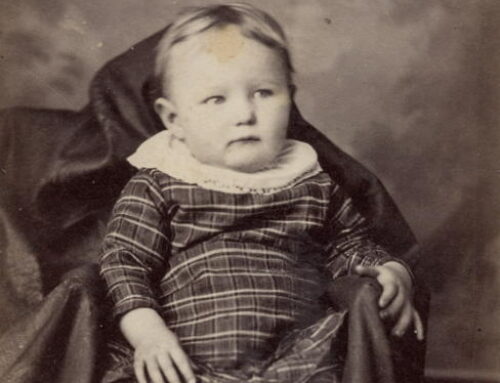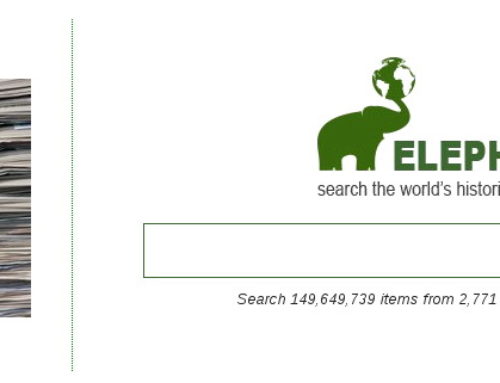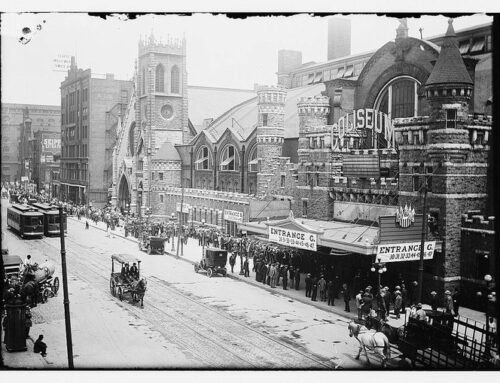It’s no secret that I love The Signal, the Library of Congress’s digital preservation blog. A recent post there I think is of interest to all genealogists considering digital preservation of a variety of formats: diaries, letters, photographs, slides. The article by Mike Ashenfelder begins here:
In 1958, Vernon James was an adventurous young man from Colorado who landed a job teaching in Germany for the Department of Defense. During his 16-year stint there, he travelled extensively throughout Europe — including several visits behind the Iron Curtain into West Berlin — and he took lots and lots of photos.
Decades came and went and in 2005 Mr. James — who was retired by then — decided to scan his European slides along with the other slides and photos he had accumulated over the years. “I was ignorant of scanning when I started this project,” said James. “I had heard about scanners and bought a scanner with a slide attachment and I started scanning all of my slides.”
The scanner did just what Mr. James wanted it to do: it scanned. When he finished the slides he started on photos: from his wife’s year teaching in Ethiopia, from his wedding and more…a lifetime of personal photos.
“I had a brother, Bob, who died in a Japanese prison camp in 1942 and my mother had saved the letters and memorabilia from him and I scanned all of those. After that we started scanning everything I had in the house,” said Mr. James. “I scanned everything from my birth certificate to things from my early childhood and little clippings in the local newspaper,” Mr. James said.
“I scanned letters my wife had written when she was overseas. And it kept on mushrooming. I kept finding more and more letters and documents. My wife has kept a diary starting from back in 1965 and I think I have 35 years of diaries scanned.” Vernon had built up momentum and was being productive. What could go wrong?
To answer that question, I encourage you to read the whole article by clicking here. Well worth our time as we all work on saving our family papers.





Why Teresa that’s lovely of you! I’m glad I’ve been of help and I’ll respond in a few days when I’m back in town.
I have learned so much from your blog over the last year and refer to it frequently. Your advice and knowledge has been so helpful in my genealogical research. I have therefore nominated you for an Illuminating Blogger Award.
http://foodstoriesblog.com/illuminating-blogger-award/